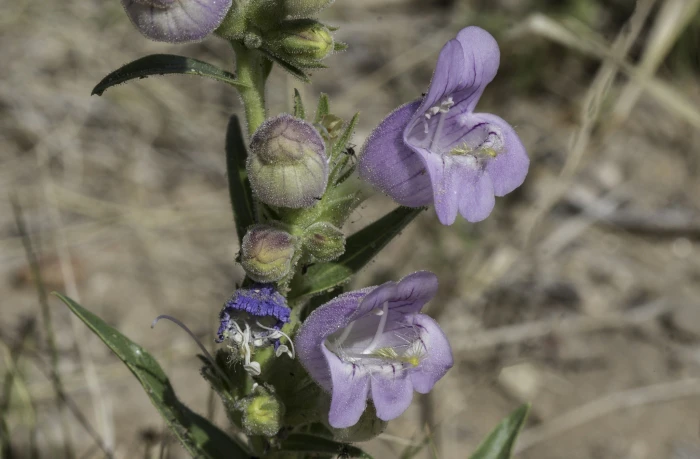James’ Beardtongue
(Penstemon jamesii)
James’ Beardtongue (Penstemon jamesii)
/
/

Craig Martin
Public Domain
Image By:
Craig Martin
Recorded By:
Copyright:
Public Domain
Copyright Notice:
Photo by: Craig Martin | License Type: Public Domain | License URL: http://creativecommons.org/publicdomain/zero/1.0/ | Rights Holder: Craig Martin | Publisher: iNaturalist | Date Created: 2018-05-17T08:27:05-07:00 |

























Estimated Native Range
Climate Requirements for Englewood, Colorado
| This Plant | Your Site | Plant Suitability for Your Location | ||
|---|---|---|---|---|
| • Precipitation | 10" - 27" | 17" | You should be able to grow this plant with no additional irrigation. | Excellent |
| • High Temp. | 74°F - 100°F | 89°F | Your summer temperatures are normal for this plant. | Excellent |
| • Low Temp. | 5°F - 44°F | 17°F | Your winter temperatures are normal for this plant | Excellent |
This plant should grow very well at your location without additional irrigation.
Summary
Penstemon jamesii, commonly known as James’ Beardtongue, is a perennial herb that is semi-evergreen to evergreen, depending on the climate. It is native to the open woodlands, grasslands, and rocky slopes in the central and southern United States, from Colorado to Kansas and extending south to northern Mexico. This plant typically grows to a height of 1-3 feet (0.3-0.9 meters) and a width of 0.5-1 feet (0.2-0.3 meters). James’ Beardtongue has a clumping form with erect stems and narrow, lance-shaped leaves. From late spring to early summer, it produces showy spikes of tubular flowers that are purple to pink, attracting pollinators such as bees and hummingbirds.
James’ Beardtongue is valued for its drought tolerance and its ability to thrive in challenging conditions, making it a suitable choice for xeriscaping and naturalistic plantings. It is often used in rock gardens, perennial borders, and as a ground cover in dry, sunny areas. The plant prefers well-drained soils, especially sandy or gravelly loams, and requires minimal water once established. While it thrives in full sun, it can tolerate light shade. There are no significant disease or pest problems associated with Penstemon jamesii, but it can be sensitive to root rot if overwatered or planted in poorly drained soils. It is not known to be invasive when grown outside its native range.CC BY-SA 4.0
James’ Beardtongue is valued for its drought tolerance and its ability to thrive in challenging conditions, making it a suitable choice for xeriscaping and naturalistic plantings. It is often used in rock gardens, perennial borders, and as a ground cover in dry, sunny areas. The plant prefers well-drained soils, especially sandy or gravelly loams, and requires minimal water once established. While it thrives in full sun, it can tolerate light shade. There are no significant disease or pest problems associated with Penstemon jamesii, but it can be sensitive to root rot if overwatered or planted in poorly drained soils. It is not known to be invasive when grown outside its native range.CC BY-SA 4.0
Plant Description
- Plant Type: Subshrub, Herb
- Height: 1-3 feet
- Width: 0.5-1 feet
- Growth Rate: Moderate
- Flower Color: Purple, Pink
- Flowering Season: Summer
- Leaf Retention: Semi-deciduous
Growth Requirements
- Sun: Full Sun
- Water: Low
- Drainage: Fast
Common Uses
Bee Garden, Bird Garden, Butterfly Garden, Deer Resistant, Drought Tolerant, Groundcover, Hummingbird Garden, Low Maintenance, Rabbit Resistant, Showy Flowers
Natural Habitat
Native to open woodlands, grasslands, and rocky slopes
Other Names
Common Names: James’ Penstemon
Scientific Names: Penstemon jamesii, Penstemon similis, Penstemon jamesii var. jamesii, Penstemon brevibarbatus, Penstemon jamesii subsp. typicus
GBIF Accepted Name: Penstemon jamesii Benth.